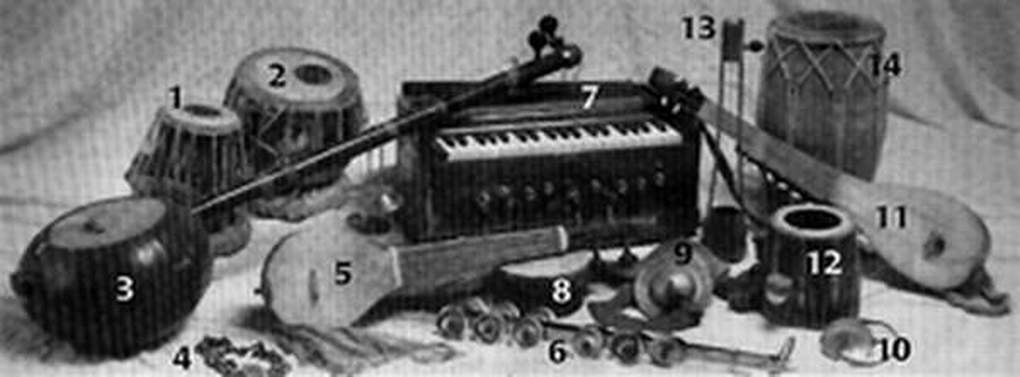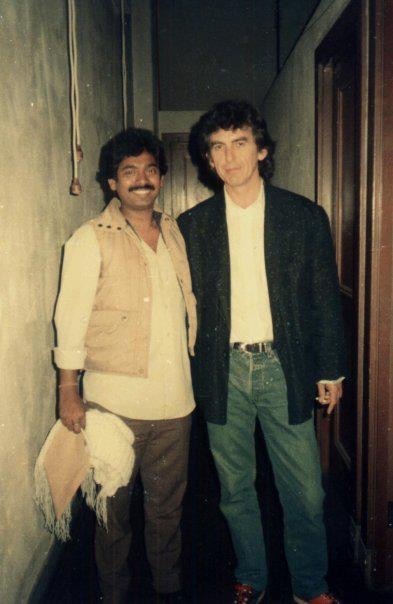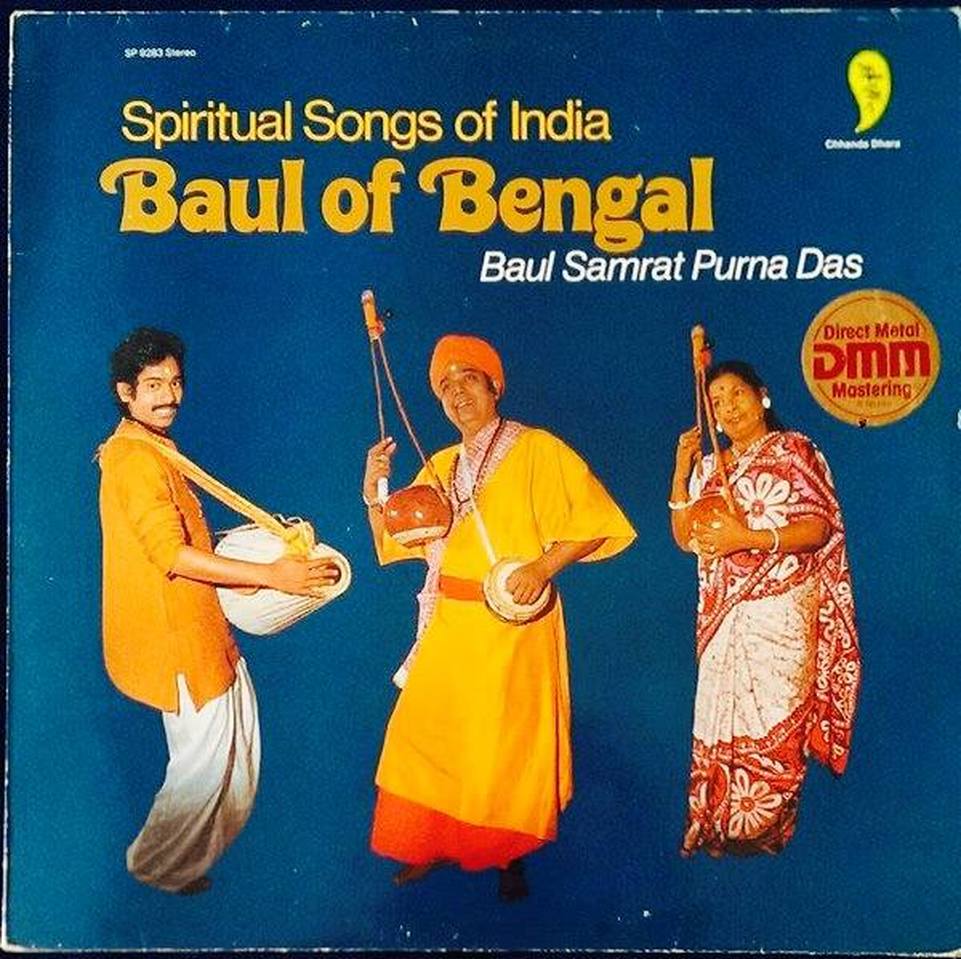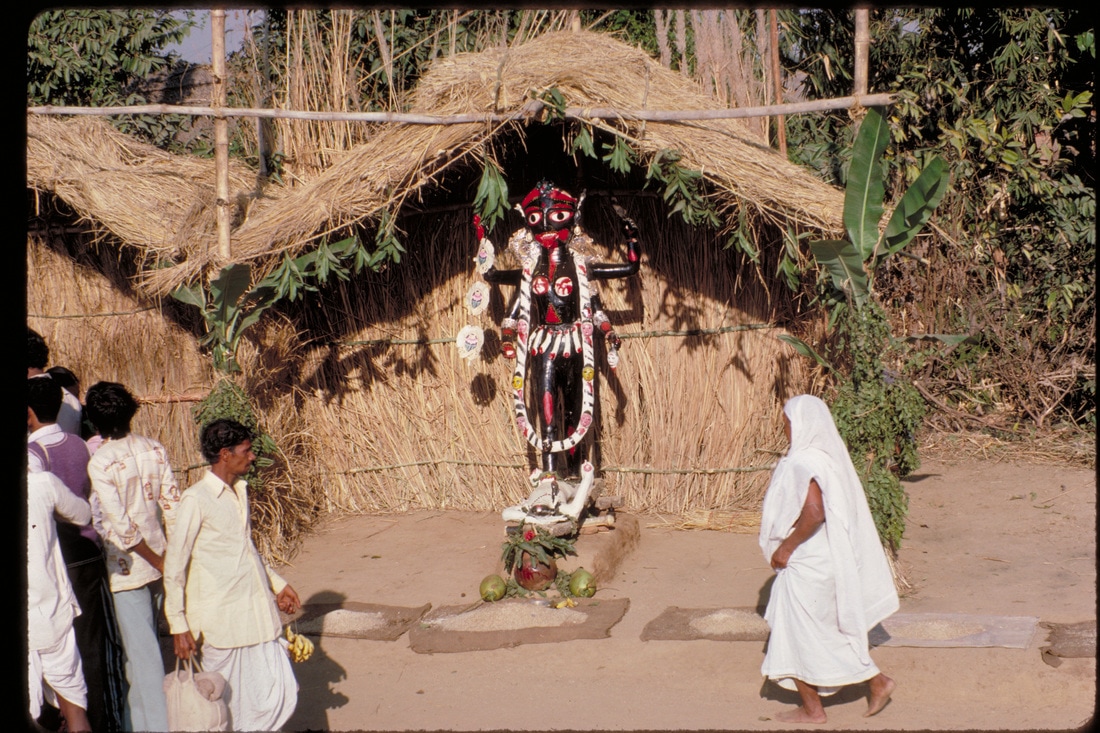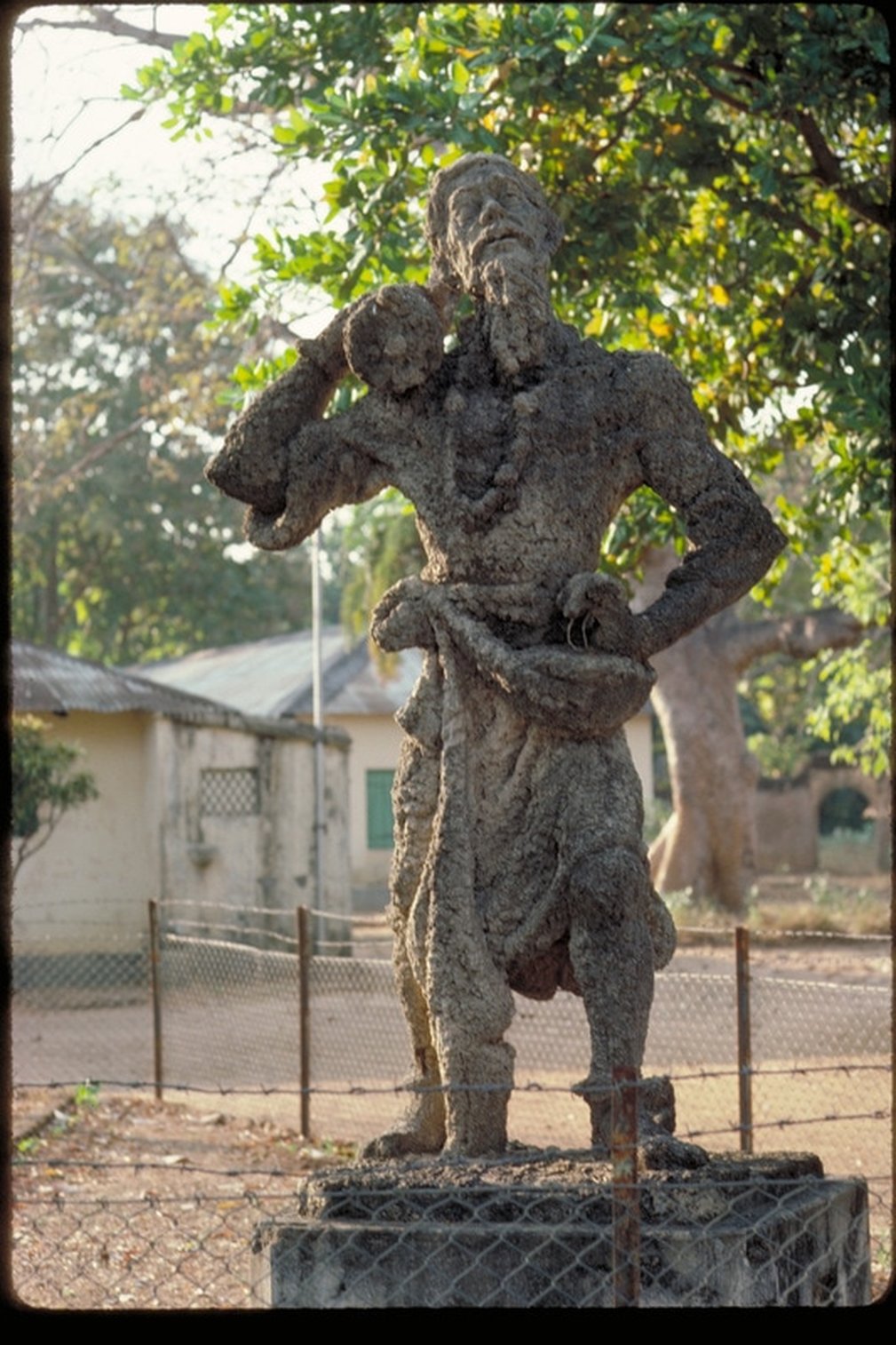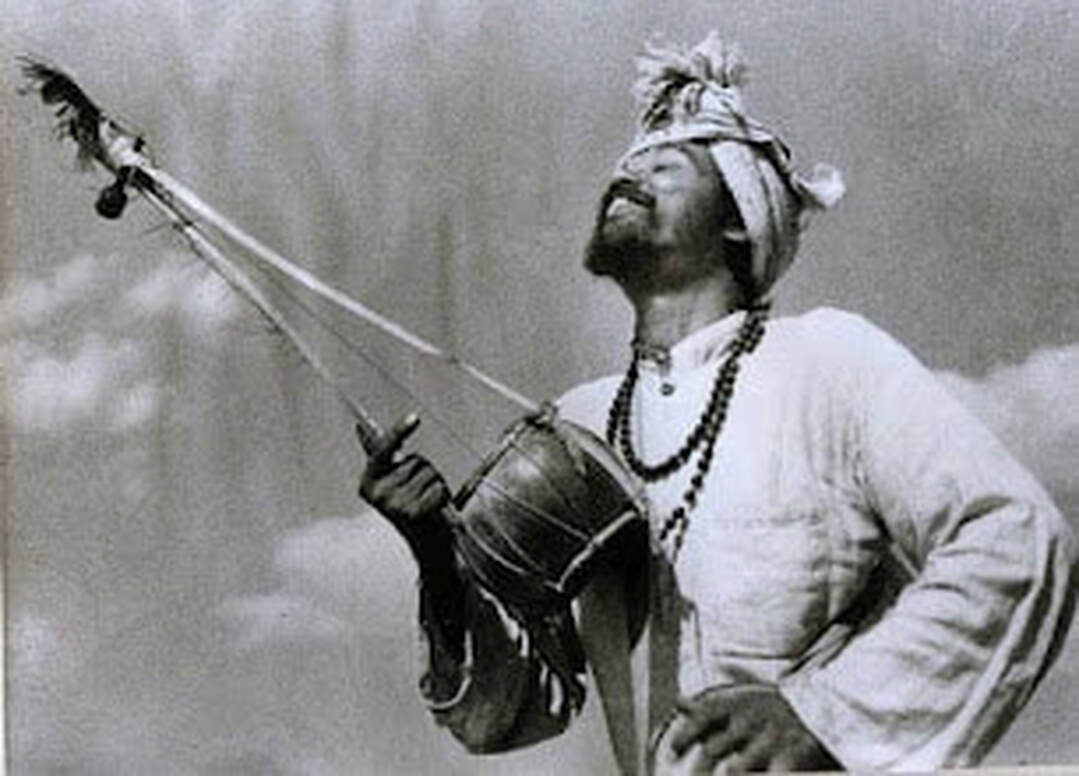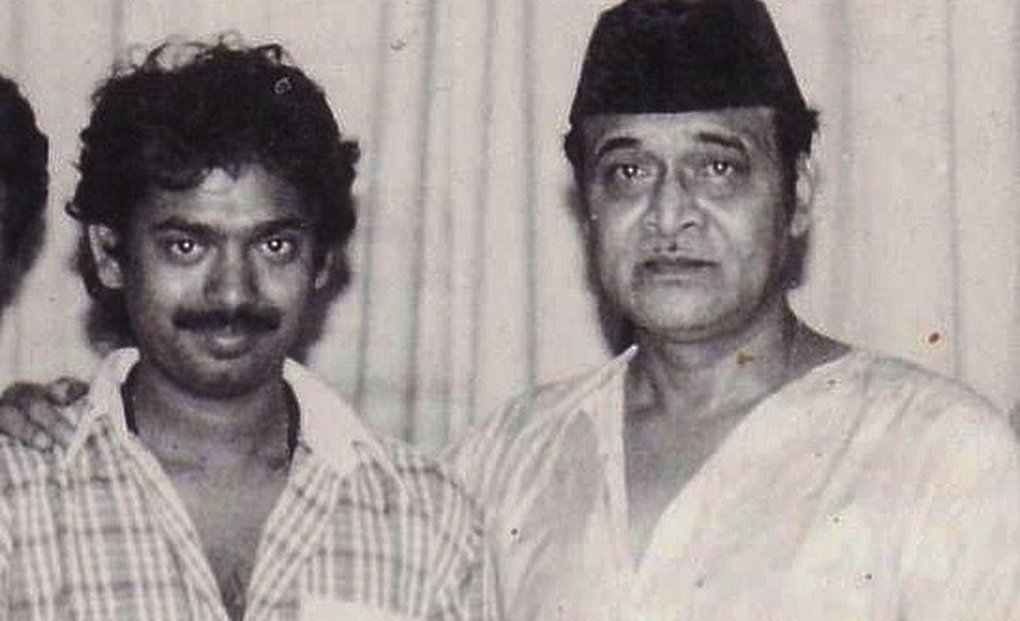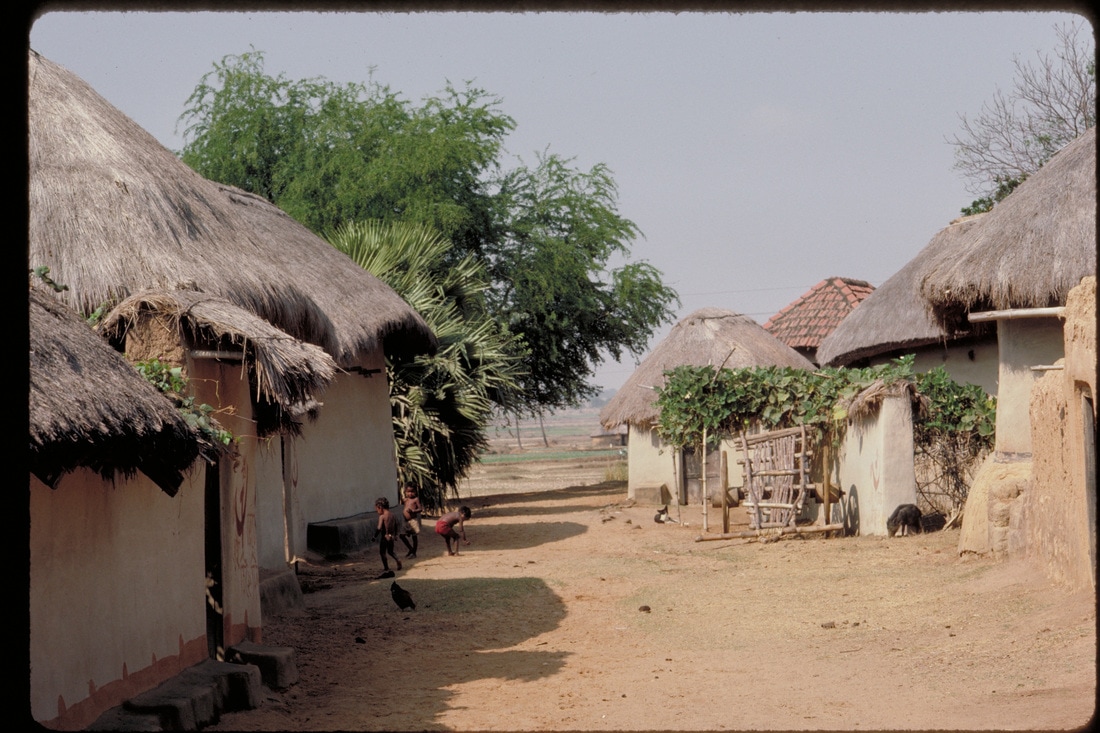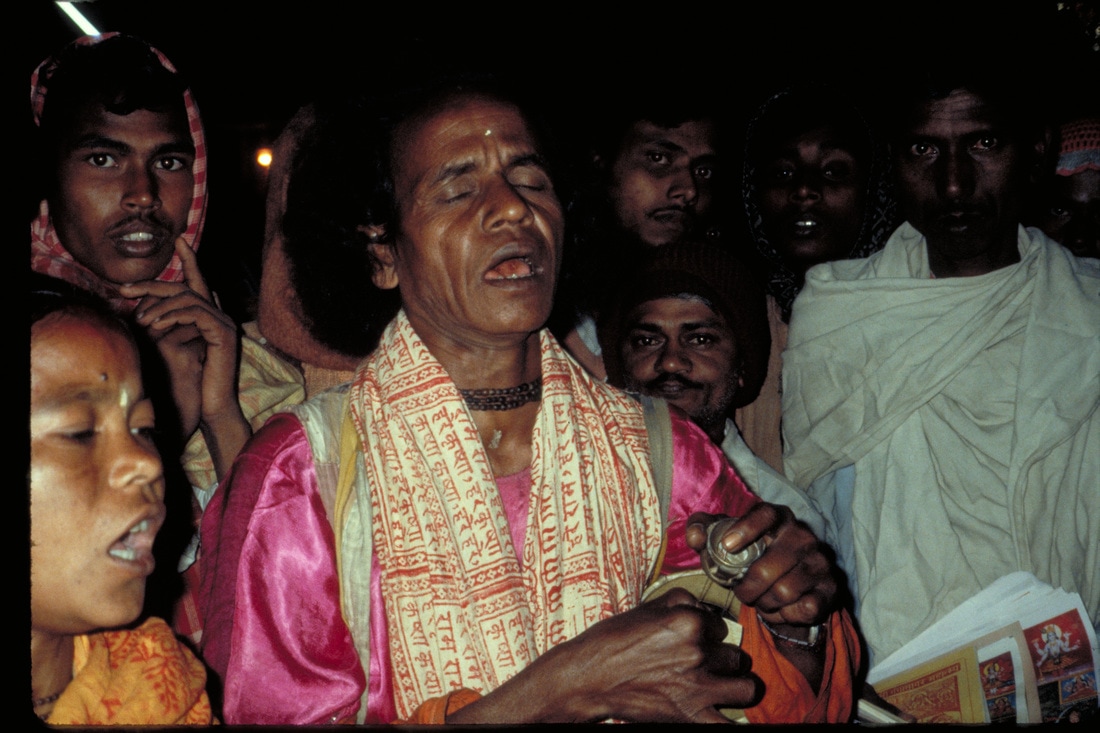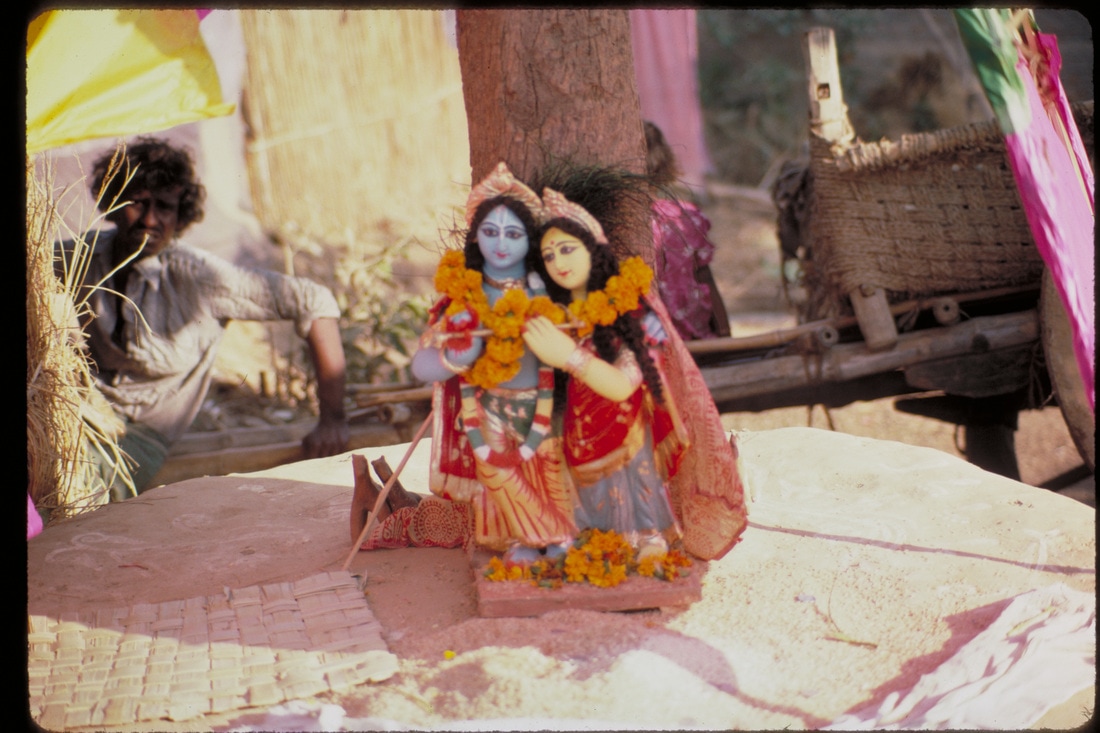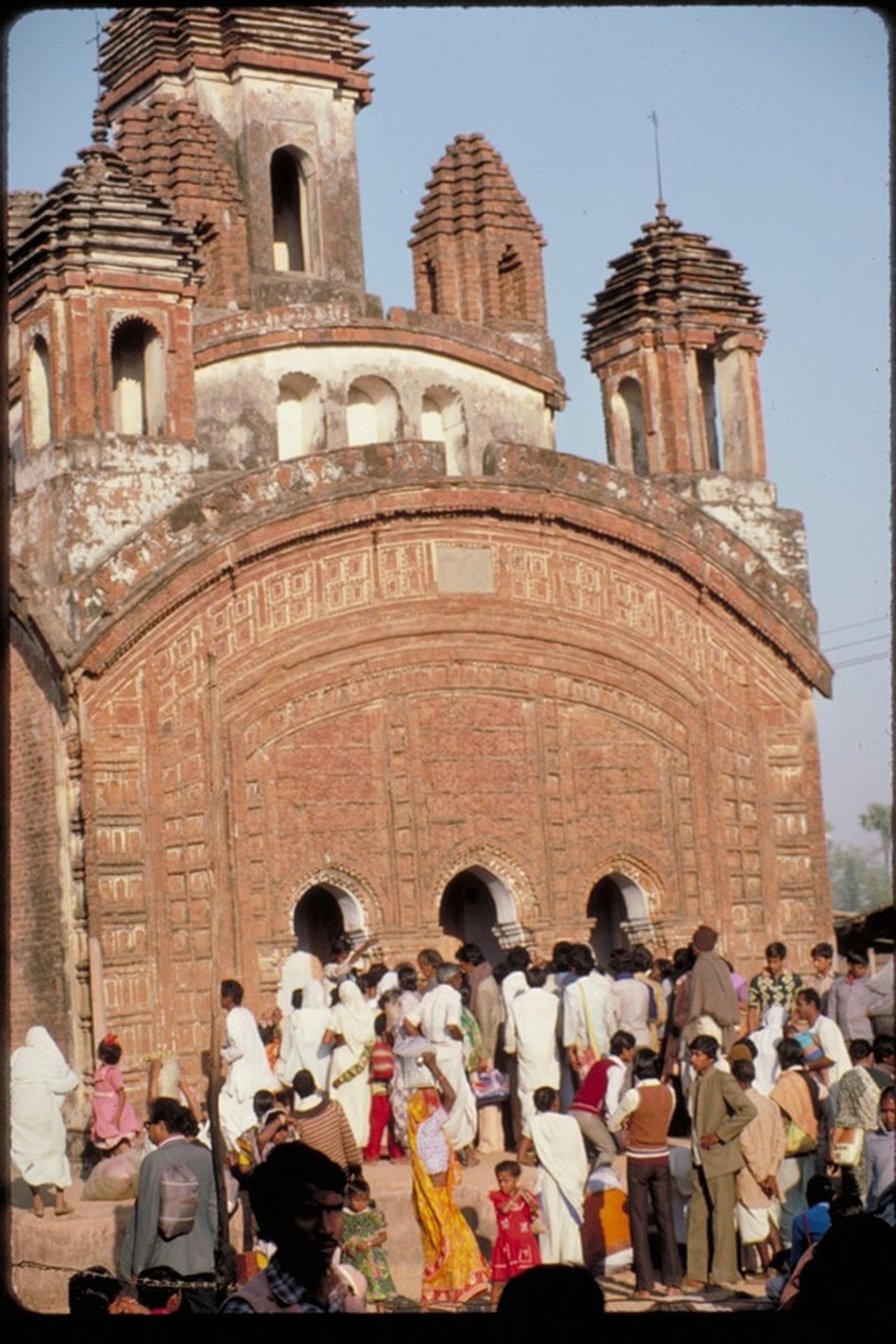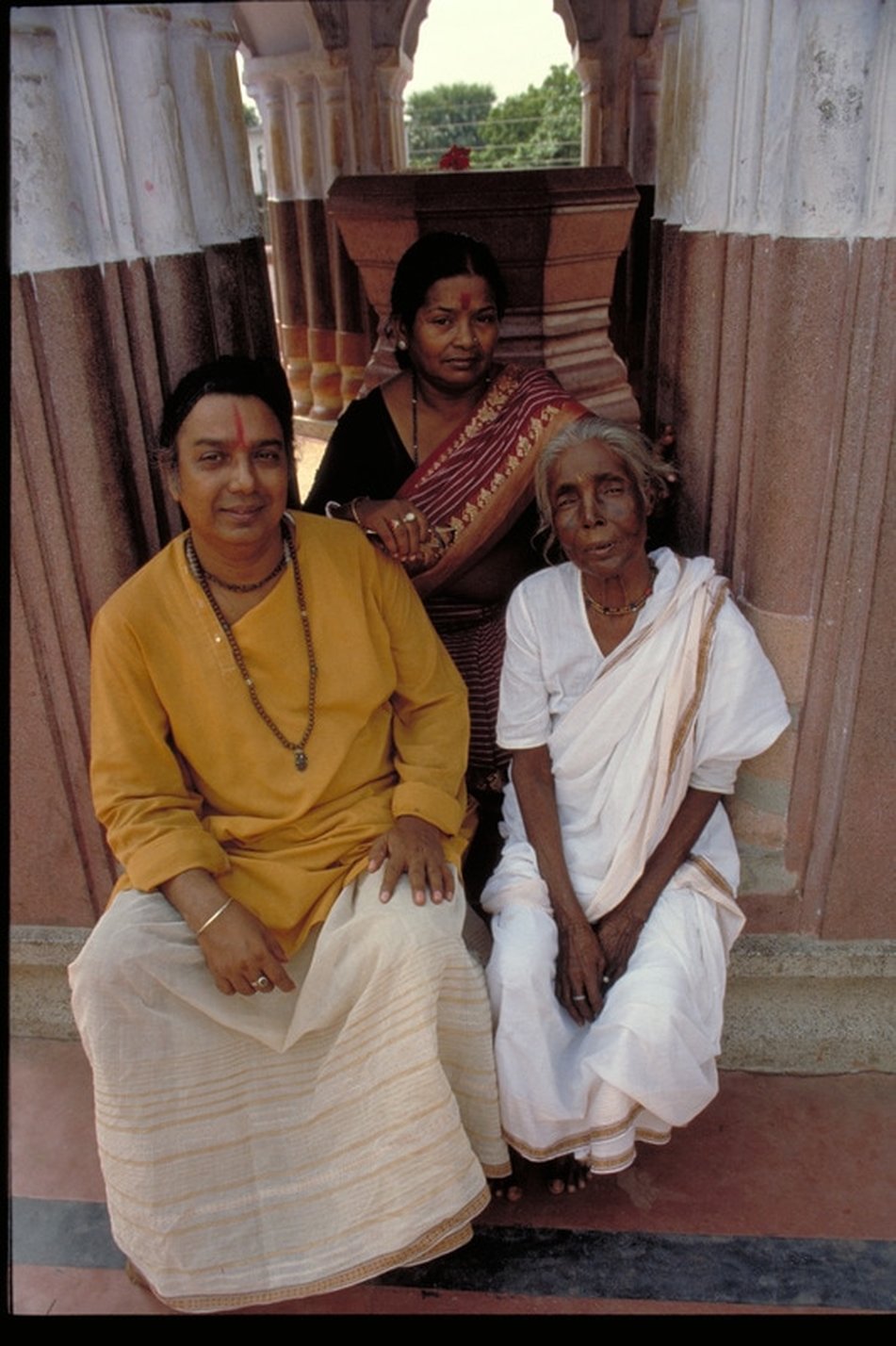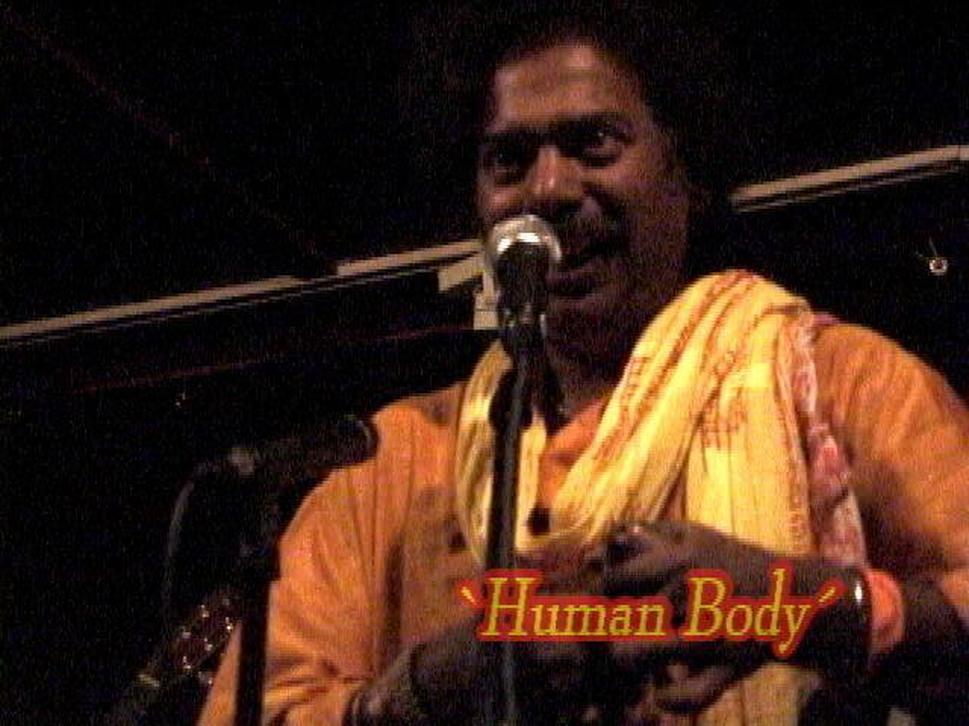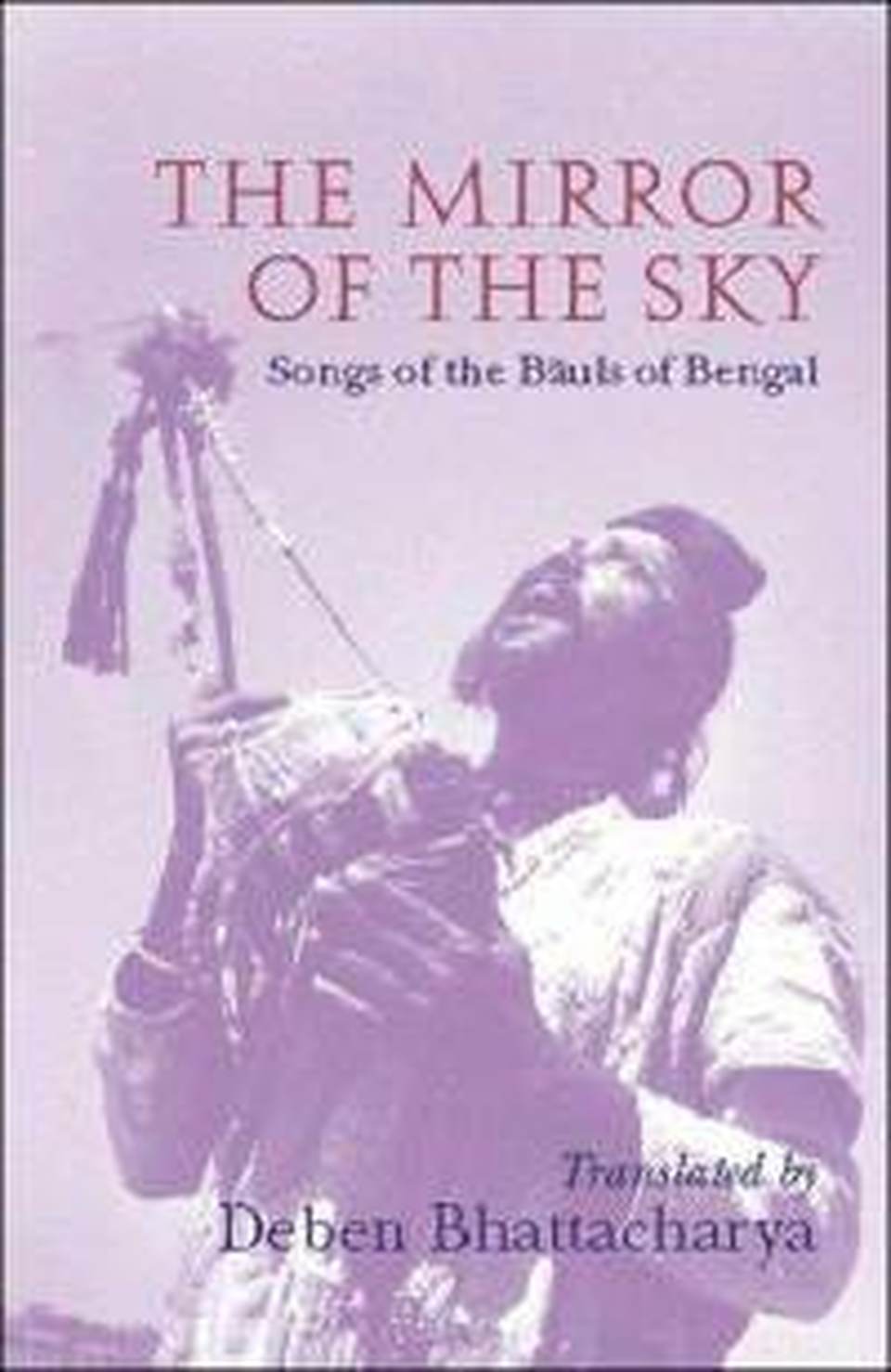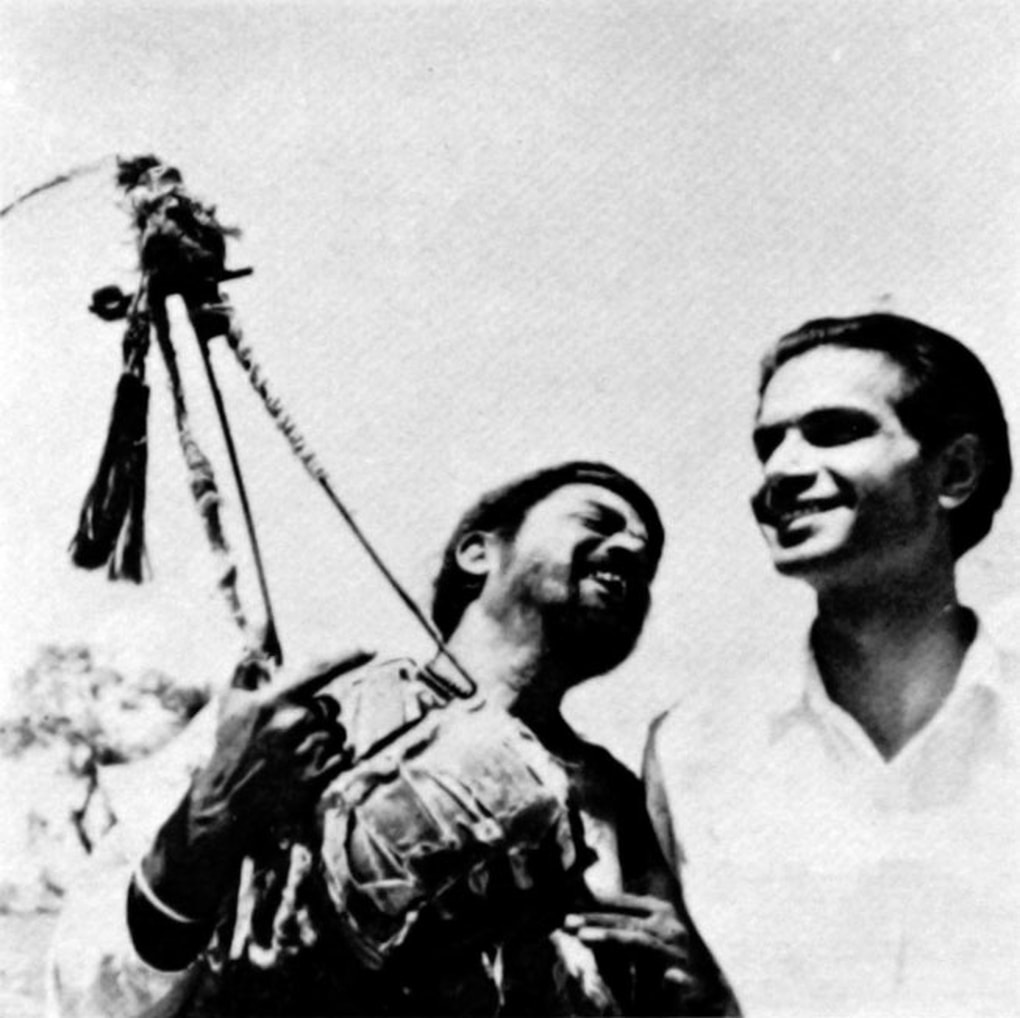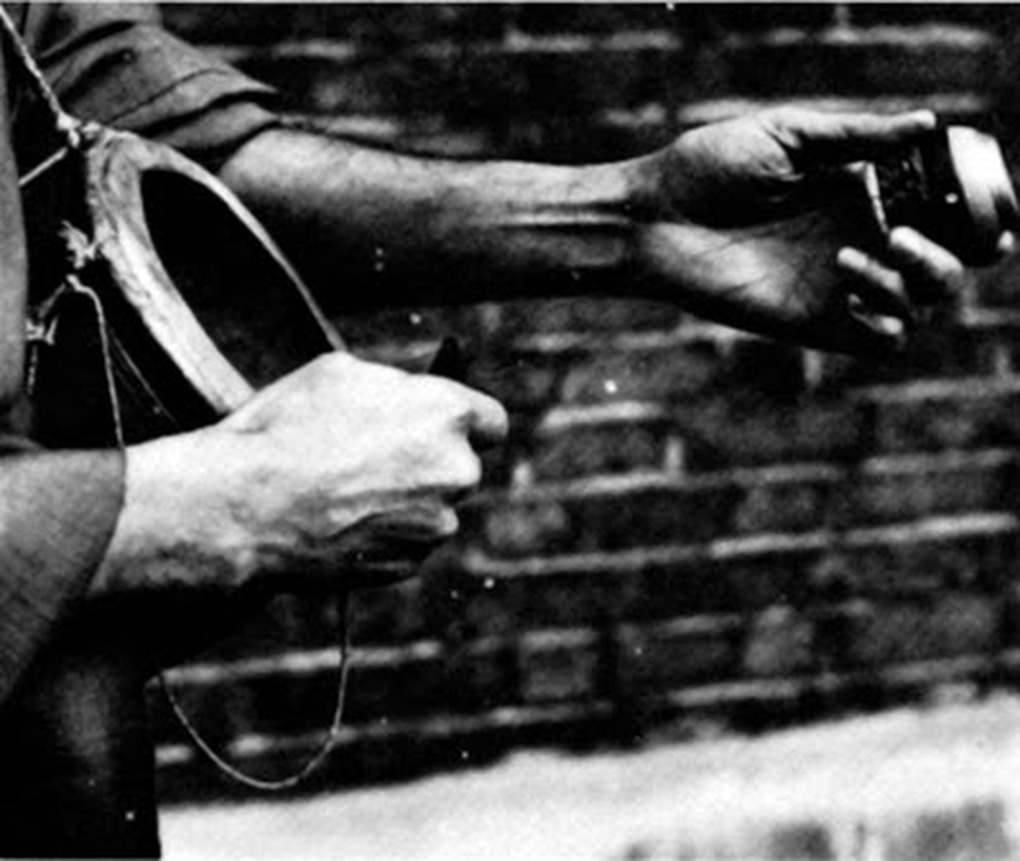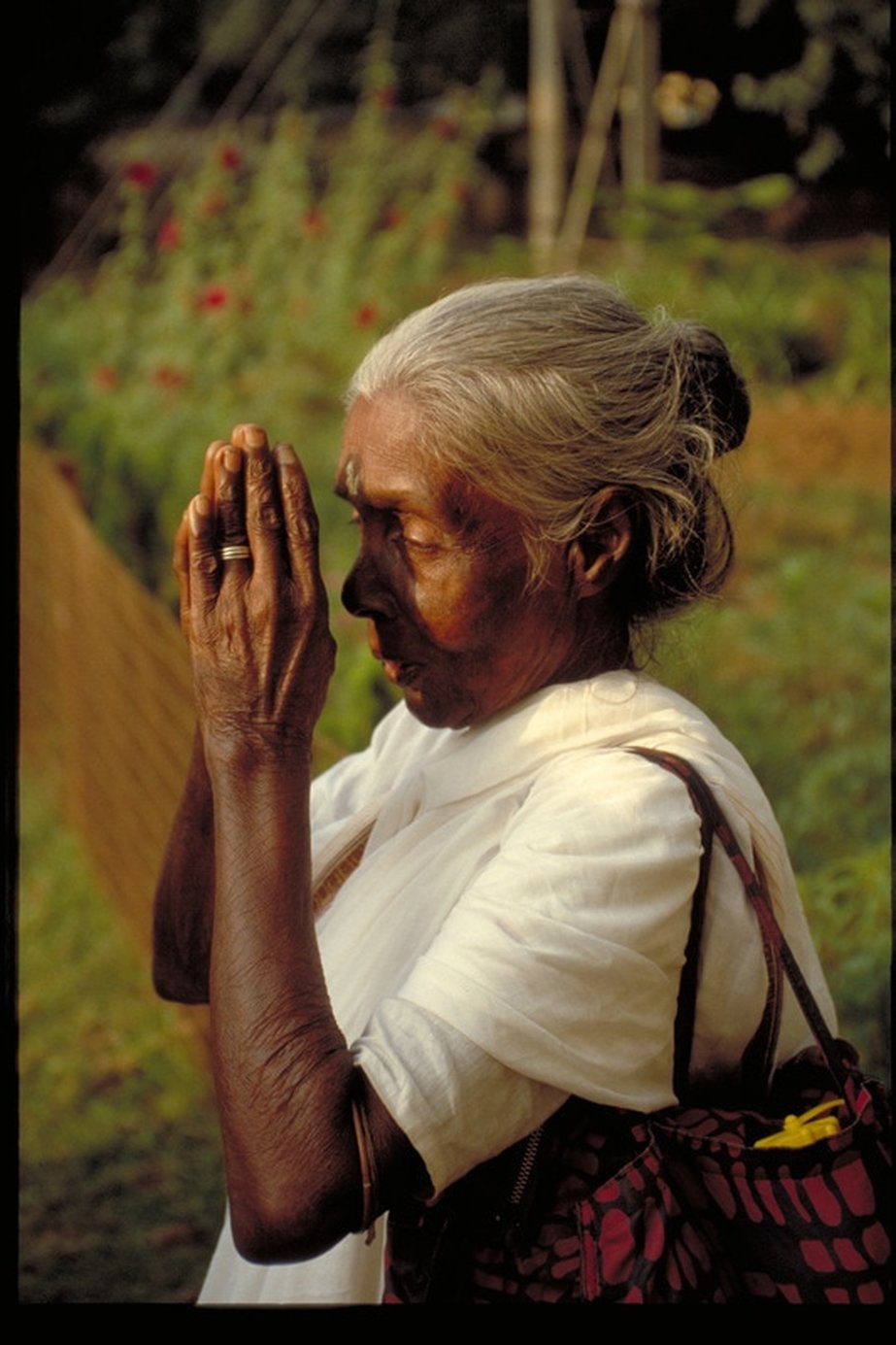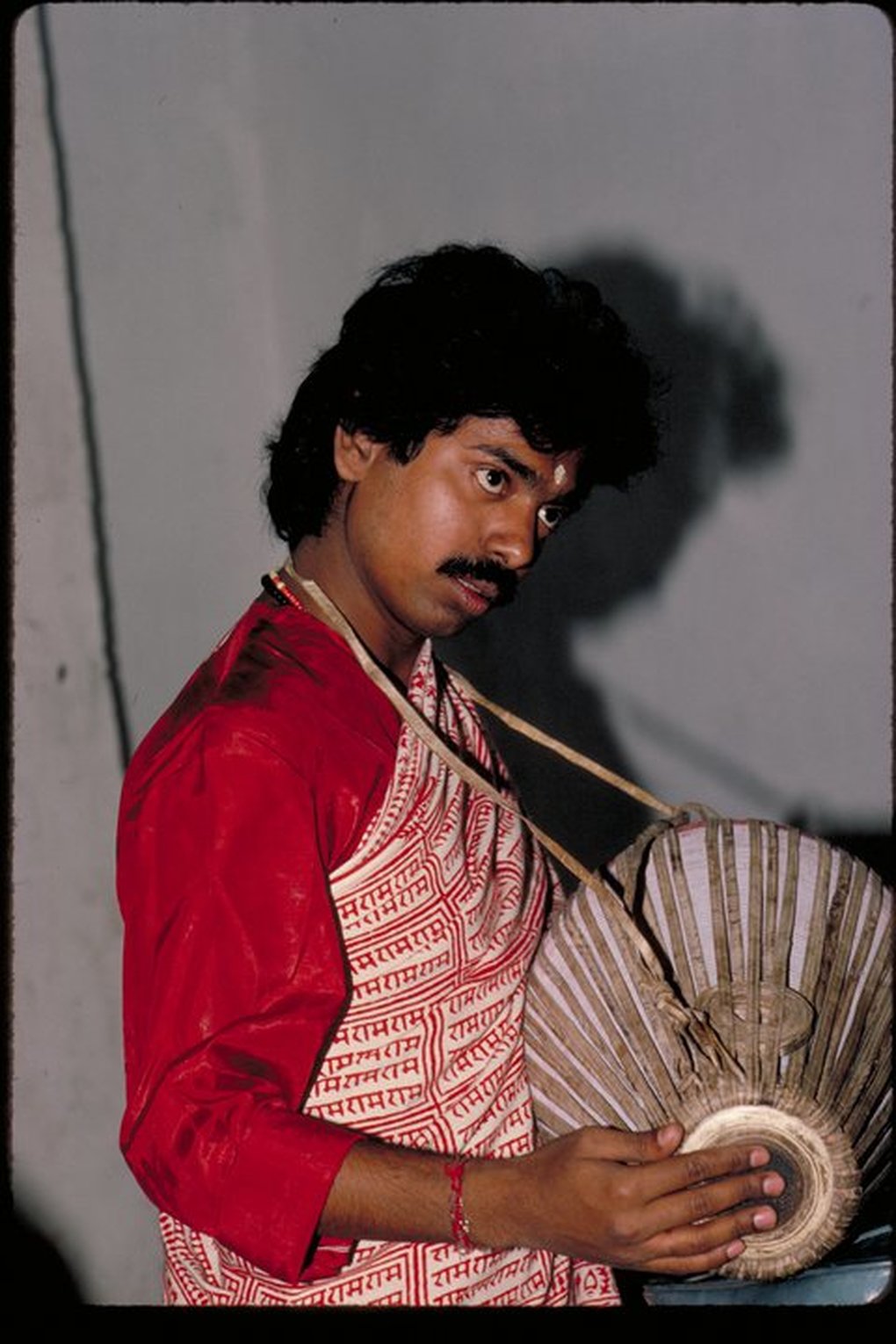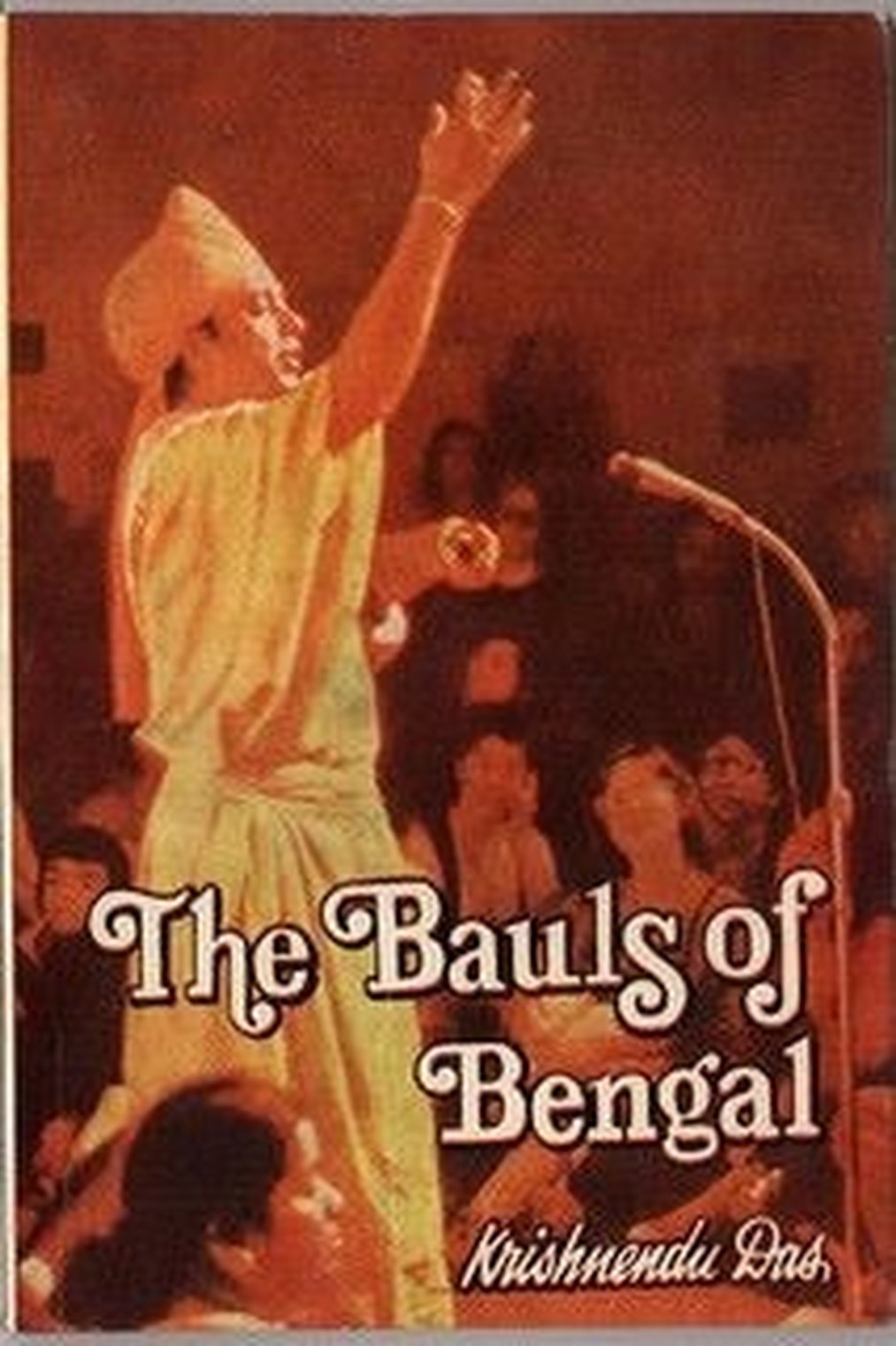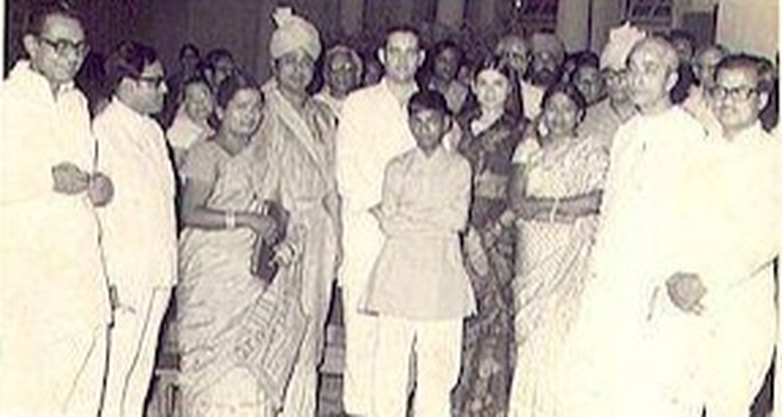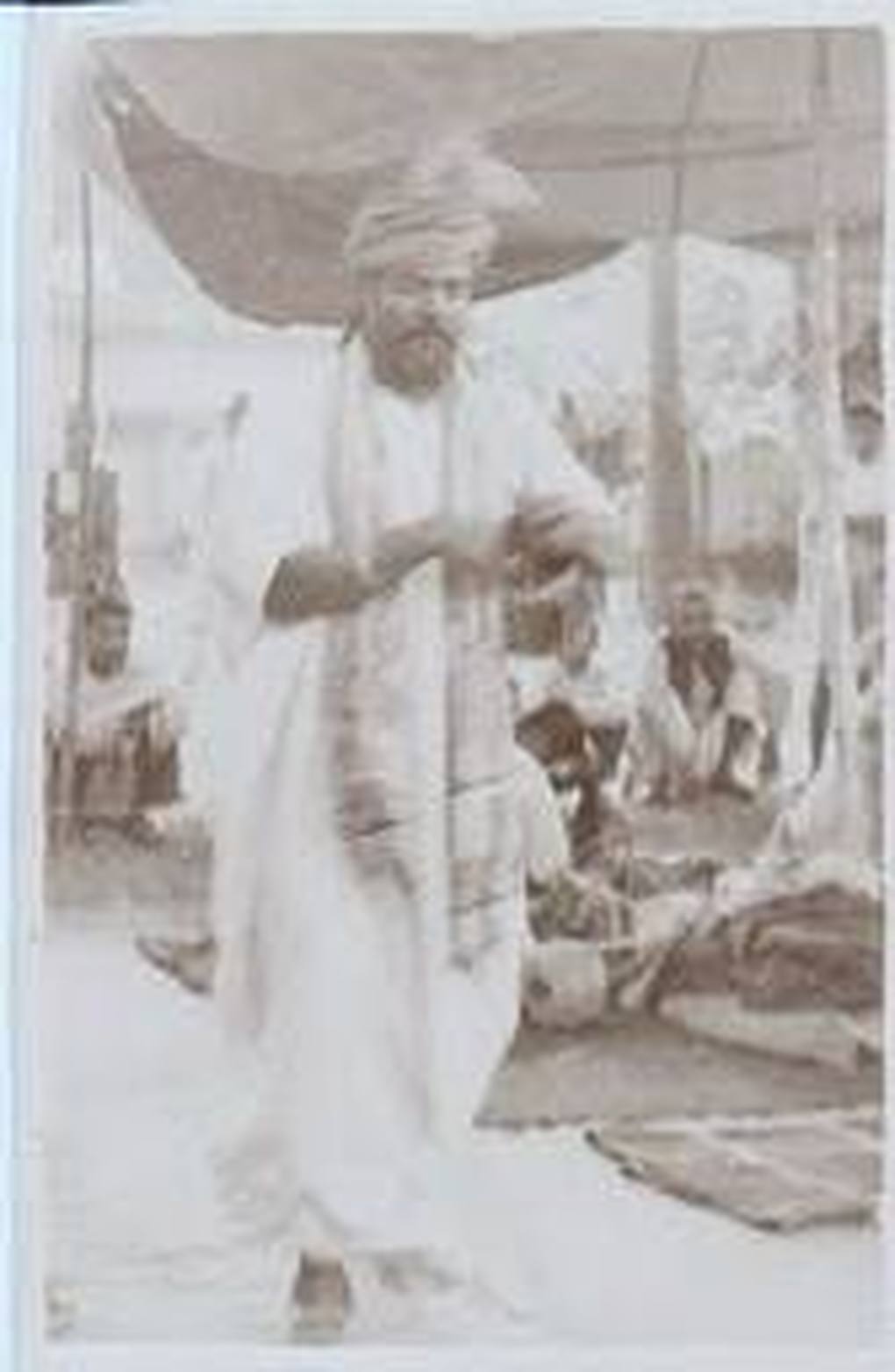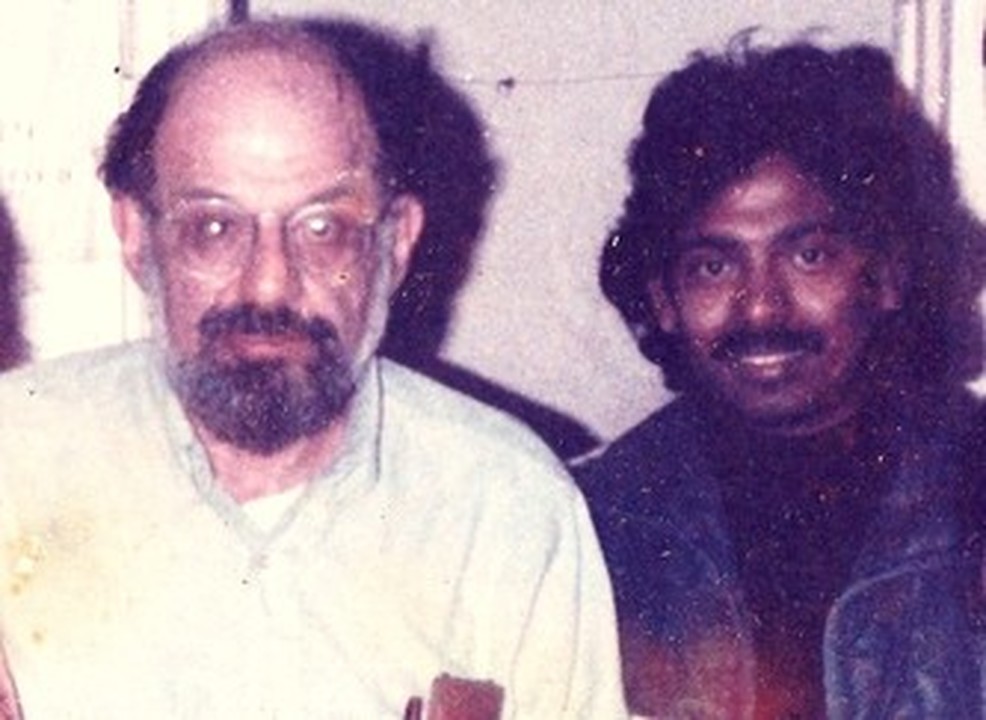ABOUT:
RURAL FOLK MUSIC OF BENGAL AND INDIA
EKTARA FOUNDATION
Folk Music experts classify folk songs in seven categories:
'LOVE (PREMA) and 'Bhakti Yoga',
the traditions of Kali/Shiva and Radha/Krishna and other village deities',
Ritual,
Philosophy and Devotion,
'Work and Labour',
'Profession and Occupation',
'Satire and fun',
and mixture of rural life and any of the above.
Folk music of my Bengal includes:
Vaishnava Baul Song and Baul Kirtan which originates from Ekachakra Birbhum Bengal,
Rarh Kirtan, BAUL KIRTAN (the land of the red soil) and Navadwip Kirtan,
Gombhira
Adivasi tribal song,
Bhatiali,
Bhawaiya,
Kavigaan,
Jatra Gaan,
Ghatu Gaan,
Jhumur Sangeet,
Baramasi Sangeet,
Meyeli Geet,
Sari gaan Nabanno Gaan.
Foto Gaan (Comedy song)
The Vaishnava Baul tradition is a unique heritage of Bengali folk music, it originates from 'Ekachakra Birbhum Bengal' and was brought to the world by our pioneering one and only Lineage of Bauls some 60 years ago. Baul is now extinct it is an oral and intangible heritage of the World. Today many have used Baul fundraising for their own cause. The stories have been twisted, watered down, reduced and dumbed down, Baul has been Culturally Appropriated. No one in this world would know know what or who Baul is without the work Babu Kishan or Babu who recorded all the Baul songs back in the 1970's along with his Father and Mother and Grandparents. Babu Kishan is a Vaishnava Baul, he is from the soul and soil of Bengal.
Babu Kishan is a an accomplished award winning Music Composer of India and the only leading expert Scholarly and Musically on his Lineage of Baul and the Folk Music of India. He has worked as a consultant with all the Big Music Companies in Mumbai categorizing all of the Music of Folk Music of India, where it comes from and what type of Folk Music. He is a Folk Music Expert a Pandit of Folk Music.
Babu Kishan
Born in Rural Suri Birbhum Bengal into the lap of his Grandfather Nabani Das Khyapa Baul, the Baul who initiated Rabindranath Tagore into Baul giving Tagore the name ' Ravi Baul'. Tagore appointed Nabani as the first and last Baul Song and Dance teacher at Tagore's University called Vishva Bharti.
Nabani Das Khyapa Baul an Avadhuta Baul born in Ekachakra Bengal, he was well known, part of the Indian Freedom Movement. Jawaharlal Nehru the first Prime Minister of India appointed Nabani Das Khyapa Baul as a state singer in the Freedom Movement to sing before his speeches all over India, Nehru was smart because Baul have the power to draw large crowds of people. This became a tradition as Babu Kishan and his family did the same singing all over India on the biggest stages before Indira Gandhi and Rahul Gandhi before they gave their speeches all over India. Baul music draws all People together, Bauls are a symbol of Peace and through their singing magic happens and people come from far and wide. Today they Bauls are extinct and all we can do is uphold this tradition and keep the narrative accurate preserving the history of this One and Only Baul Lineage, this a beautiful folk tradition of rural Bengal the land called Rarh (the land of the red soil).
Today Baul has been Culturally Appropriated by outsiders who have been flocking to Bengal from who knows where, Bangladesh and Assam even from outside of India, some sincere and some the 'fake it til you make it actors'? Baul has been culturally appropriated by the poor who need to make an income and they see freedom in following the success of Purna Das Baul they are try to be Purna Das Baul, Nabani Das Baul or Babu Kishan. Now new Baul singers are making up lineage and stories, taking our beautiful Bengali Poetry that Babu Kishan wrote or his family wrote and putting other poets names on.
New Baul singers are culturally appropriating this lineage and their songs, Baul does not originate in Bangladesh this is a cultural appropriation because they take the stories and twist them for fundraising purposes. When you read Baul is associated with Bob Dylan or Allen Ginsberg, the only Bauls that were associated with Bob Dylan and Allen Ginsberg is Babu Kishan and this family. Cultural appropriation is when you take the names off and claim it as your own slowly deleting the original and saying it was you all along.
Babu Kishan aka Krishnendu Das Baul is the one who helped bring Baul to the world,
he started in the early 1970’s at a very young age.
BA of Indian Philosophy, Calcutta University
MA Indian Folk Music, Calcutta University
12 years as a Monk in the Ramakrishna Mission
Composer of Folk Music, he composed all his father's Music from the 1970's to 2000. Not only did he compose the music, he produced it, arranged it and many times it was his own poetry.
(Purna Das Baul).
Composer of Indian Classical, Baul, Folk and Indian Cinema for 40 years.
-------------------------------------------------------------------------
The top recorded Folk Singer of Bengal was Nirmalendu Chowdhury and
the top recorded Baul singer was Purna Das Baul.
All the songs people are singing today come from these two singers and other sing exactly what they previously recorded, without giving their names, taking the names off and adding other names, this is cultural appropriation, it waters down and deletes the history of Bengal and India.
'LOVE (PREMA) and 'Bhakti Yoga',
the traditions of Kali/Shiva and Radha/Krishna and other village deities',
Ritual,
Philosophy and Devotion,
'Work and Labour',
'Profession and Occupation',
'Satire and fun',
and mixture of rural life and any of the above.
Folk music of my Bengal includes:
Vaishnava Baul Song and Baul Kirtan which originates from Ekachakra Birbhum Bengal,
Rarh Kirtan, BAUL KIRTAN (the land of the red soil) and Navadwip Kirtan,
Gombhira
Adivasi tribal song,
Bhatiali,
Bhawaiya,
Kavigaan,
Jatra Gaan,
Ghatu Gaan,
Jhumur Sangeet,
Baramasi Sangeet,
Meyeli Geet,
Sari gaan Nabanno Gaan.
Foto Gaan (Comedy song)
The Vaishnava Baul tradition is a unique heritage of Bengali folk music, it originates from 'Ekachakra Birbhum Bengal' and was brought to the world by our pioneering one and only Lineage of Bauls some 60 years ago. Baul is now extinct it is an oral and intangible heritage of the World. Today many have used Baul fundraising for their own cause. The stories have been twisted, watered down, reduced and dumbed down, Baul has been Culturally Appropriated. No one in this world would know know what or who Baul is without the work Babu Kishan or Babu who recorded all the Baul songs back in the 1970's along with his Father and Mother and Grandparents. Babu Kishan is a Vaishnava Baul, he is from the soul and soil of Bengal.
Babu Kishan is a an accomplished award winning Music Composer of India and the only leading expert Scholarly and Musically on his Lineage of Baul and the Folk Music of India. He has worked as a consultant with all the Big Music Companies in Mumbai categorizing all of the Music of Folk Music of India, where it comes from and what type of Folk Music. He is a Folk Music Expert a Pandit of Folk Music.
Babu Kishan
Born in Rural Suri Birbhum Bengal into the lap of his Grandfather Nabani Das Khyapa Baul, the Baul who initiated Rabindranath Tagore into Baul giving Tagore the name ' Ravi Baul'. Tagore appointed Nabani as the first and last Baul Song and Dance teacher at Tagore's University called Vishva Bharti.
Nabani Das Khyapa Baul an Avadhuta Baul born in Ekachakra Bengal, he was well known, part of the Indian Freedom Movement. Jawaharlal Nehru the first Prime Minister of India appointed Nabani Das Khyapa Baul as a state singer in the Freedom Movement to sing before his speeches all over India, Nehru was smart because Baul have the power to draw large crowds of people. This became a tradition as Babu Kishan and his family did the same singing all over India on the biggest stages before Indira Gandhi and Rahul Gandhi before they gave their speeches all over India. Baul music draws all People together, Bauls are a symbol of Peace and through their singing magic happens and people come from far and wide. Today they Bauls are extinct and all we can do is uphold this tradition and keep the narrative accurate preserving the history of this One and Only Baul Lineage, this a beautiful folk tradition of rural Bengal the land called Rarh (the land of the red soil).
Today Baul has been Culturally Appropriated by outsiders who have been flocking to Bengal from who knows where, Bangladesh and Assam even from outside of India, some sincere and some the 'fake it til you make it actors'? Baul has been culturally appropriated by the poor who need to make an income and they see freedom in following the success of Purna Das Baul they are try to be Purna Das Baul, Nabani Das Baul or Babu Kishan. Now new Baul singers are making up lineage and stories, taking our beautiful Bengali Poetry that Babu Kishan wrote or his family wrote and putting other poets names on.
New Baul singers are culturally appropriating this lineage and their songs, Baul does not originate in Bangladesh this is a cultural appropriation because they take the stories and twist them for fundraising purposes. When you read Baul is associated with Bob Dylan or Allen Ginsberg, the only Bauls that were associated with Bob Dylan and Allen Ginsberg is Babu Kishan and this family. Cultural appropriation is when you take the names off and claim it as your own slowly deleting the original and saying it was you all along.
Babu Kishan aka Krishnendu Das Baul is the one who helped bring Baul to the world,
he started in the early 1970’s at a very young age.
BA of Indian Philosophy, Calcutta University
MA Indian Folk Music, Calcutta University
12 years as a Monk in the Ramakrishna Mission
Composer of Folk Music, he composed all his father's Music from the 1970's to 2000. Not only did he compose the music, he produced it, arranged it and many times it was his own poetry.
(Purna Das Baul).
Composer of Indian Classical, Baul, Folk and Indian Cinema for 40 years.
-------------------------------------------------------------------------
The top recorded Folk Singer of Bengal was Nirmalendu Chowdhury and
the top recorded Baul singer was Purna Das Baul.
All the songs people are singing today come from these two singers and other sing exactly what they previously recorded, without giving their names, taking the names off and adding other names, this is cultural appropriation, it waters down and deletes the history of Bengal and India.
Bauls are India wandering spiritual minstrels, spiritual messenger and teachers originating from Ekachakra Bengal India whose ecstatic songs and dance reflect their joy, love and longing for mystical union with the Divine. To them the human body is the holiest of holies wherein the Divine is intimately enshrined as the "Moner Manush",the person of the heart.
Baul philosophy emphasises love for all human beings as the path leading to the Divine Love. Romantic love to the Baul is the link between the human being and God. In fact, they believe that God is the eternal lover of the eternal woman which is the human soul. The word "Baul" is derived from the Sanskrit word "Baul" which means Vayu Tula, they are wind catchers thus masters in Nada Yoga and Vayu Dharma, they are only Mad to the Divine not mad crazy.
Bauls are free thinkers who openly declare themselves to be mad for the God who dwells within us all. Among others, Bauls use the following instruments:
1. TABLA - the high drum.
2. BAYA -
the bass drum: commonly known as a set of TABLAS. Capable of a myriad of different sounds and tonal combinations, these are the most popular drums of North Indian classical music.
3. EKTARA -
literally "one string". This one string drone instrument is used to accompany singers into the folk traditions of many regions of India. In addition to plucking the strings, the skin head is also struck like a drum to provide rhythm accompaniment.
4. GUNGAROO -
these ankle bells add to the orchestration as a singer plucks and beats his ektar, creating a kind of one-man-band effect. Classical dancers use a much heavier set of gungaroos with many more bells to create startling rhythmic counterpoints to the slapping of their feet against the floor.
5. DOTARA -
a folk instrument much like its classical cousin, the sarode, and not unlike its western relative, the fretless banjo. Plucked with a coconut shell pick, the strings are depressed with the fingernails of the left hand, rather than the finger pads as in a guitar or violin. the finger nail becomes like the slide on a slide guitar. My Dotar has an electric pickup built into the bridge, which is normally made of elephant teeth, I am the first Baul to do fusion music, then I made an electric mandolin, and added more instruments.
"The first Dotara used by Bauls was by Gopal Das Baul in the early 1940's he was the husband of Radharani Dasi Baul ( Babu's aunt who was the biggest most famous Baul women ever.) Gopal Das Baul was the disciple of Nabani Das Baul. Nabani asked what Gopal wanted because he was such a wonderful student, of all my students you are the best, and Gopal said I want to marry your daughter, Radharani, he said allow me to be in your family and take care of Radharani all my life.. Gopal Das was pure Vaishnava, a true sadhaka.
Radharani Dasi was the first official Baul to record for all India Radio.
In 1960's there was movied call Raikamal made about Radharani's life, wrote by one of Bengali's top writers, Tara Shankar. In 1985 a movie called Togori was also made about Radharani's life.. A very historic family Lineage of Bauls.... Gopal Das was the son of the Ekachakra Nityananda Temple, and he was a great sweet maker. Nityananda Mahaprabu was a Baul and from this lineage."
6. CHIMTAS -
combination rhythm instrument fire tongs, and weapon used by Sadhus (wandering mendicants all over India). Sri Nabani carried this because he was a ardent wandering Sadhu.
7. HARMONIUM -
portable pump organ, introduced to India by the missionaries, this little reed organ has become one of India's most popular instruments, perfect for 2 finger typists like myself - the left hand pumps the bellows while the right hand plays the keys. Babu Kishan's mother Manju Das Baul introduced the Harmonium as a Baul instrument, she played the Harmonium all over the world during her 0ver 50 years of traveling the world with her husband Purna Das Baul and her son Babukishan Das Baul. They played at places in London like the Royal Albert Hall, South Hall, Hyde Park, Carnegie Hall in New York.
8. KANJIRA -
small frame drum. Used by both folk and classical musicians. This one has a goat skin head, but usually the head is made from a lizard skin.
9. KARTALS -
finger cymbals. Great for making a lot of noise while singing Kirtan (chanting the names of God).
10. SMALLER KARTALS -
for the quieter moments.
11. GUBGUBBI-
(also known as Khammak) - an inverted bongo drum with two gut strings attached from the inside of the hide to the membrane on a small cup. You put the bongo drum under your arm, pull on the cup and pluck the strings. This is the most popular instrument of the Bauls of Bengal. It's also called "anandalahari" - waves of bliss. The name Ananda Lahari was a name given by Sri Nabani Das Baul, (Babu's grandfather.)
12. GOPI CHAND Yantra-
this one string instrument allows you to change the pitch by squeezing the bamboo sides. The tighter you squeeze, the lower the note gets, until the instrument breaks and you have to get a new one at the corner gopi chand store. The name Gopi Chand came from Babu's lineage, The Vaishnava Lineage Bauls of Bengal.
13. DHOLAK -
2 headed barrel shaped drum popular in all sorts of Indian folk music.
Baul philosophy emphasises love for all human beings as the path leading to the Divine Love. Romantic love to the Baul is the link between the human being and God. In fact, they believe that God is the eternal lover of the eternal woman which is the human soul. The word "Baul" is derived from the Sanskrit word "Baul" which means Vayu Tula, they are wind catchers thus masters in Nada Yoga and Vayu Dharma, they are only Mad to the Divine not mad crazy.
Bauls are free thinkers who openly declare themselves to be mad for the God who dwells within us all. Among others, Bauls use the following instruments:
1. TABLA - the high drum.
2. BAYA -
the bass drum: commonly known as a set of TABLAS. Capable of a myriad of different sounds and tonal combinations, these are the most popular drums of North Indian classical music.
3. EKTARA -
literally "one string". This one string drone instrument is used to accompany singers into the folk traditions of many regions of India. In addition to plucking the strings, the skin head is also struck like a drum to provide rhythm accompaniment.
4. GUNGAROO -
these ankle bells add to the orchestration as a singer plucks and beats his ektar, creating a kind of one-man-band effect. Classical dancers use a much heavier set of gungaroos with many more bells to create startling rhythmic counterpoints to the slapping of their feet against the floor.
5. DOTARA -
a folk instrument much like its classical cousin, the sarode, and not unlike its western relative, the fretless banjo. Plucked with a coconut shell pick, the strings are depressed with the fingernails of the left hand, rather than the finger pads as in a guitar or violin. the finger nail becomes like the slide on a slide guitar. My Dotar has an electric pickup built into the bridge, which is normally made of elephant teeth, I am the first Baul to do fusion music, then I made an electric mandolin, and added more instruments.
"The first Dotara used by Bauls was by Gopal Das Baul in the early 1940's he was the husband of Radharani Dasi Baul ( Babu's aunt who was the biggest most famous Baul women ever.) Gopal Das Baul was the disciple of Nabani Das Baul. Nabani asked what Gopal wanted because he was such a wonderful student, of all my students you are the best, and Gopal said I want to marry your daughter, Radharani, he said allow me to be in your family and take care of Radharani all my life.. Gopal Das was pure Vaishnava, a true sadhaka.
Radharani Dasi was the first official Baul to record for all India Radio.
In 1960's there was movied call Raikamal made about Radharani's life, wrote by one of Bengali's top writers, Tara Shankar. In 1985 a movie called Togori was also made about Radharani's life.. A very historic family Lineage of Bauls.... Gopal Das was the son of the Ekachakra Nityananda Temple, and he was a great sweet maker. Nityananda Mahaprabu was a Baul and from this lineage."
6. CHIMTAS -
combination rhythm instrument fire tongs, and weapon used by Sadhus (wandering mendicants all over India). Sri Nabani carried this because he was a ardent wandering Sadhu.
7. HARMONIUM -
portable pump organ, introduced to India by the missionaries, this little reed organ has become one of India's most popular instruments, perfect for 2 finger typists like myself - the left hand pumps the bellows while the right hand plays the keys. Babu Kishan's mother Manju Das Baul introduced the Harmonium as a Baul instrument, she played the Harmonium all over the world during her 0ver 50 years of traveling the world with her husband Purna Das Baul and her son Babukishan Das Baul. They played at places in London like the Royal Albert Hall, South Hall, Hyde Park, Carnegie Hall in New York.
8. KANJIRA -
small frame drum. Used by both folk and classical musicians. This one has a goat skin head, but usually the head is made from a lizard skin.
9. KARTALS -
finger cymbals. Great for making a lot of noise while singing Kirtan (chanting the names of God).
10. SMALLER KARTALS -
for the quieter moments.
11. GUBGUBBI-
(also known as Khammak) - an inverted bongo drum with two gut strings attached from the inside of the hide to the membrane on a small cup. You put the bongo drum under your arm, pull on the cup and pluck the strings. This is the most popular instrument of the Bauls of Bengal. It's also called "anandalahari" - waves of bliss. The name Ananda Lahari was a name given by Sri Nabani Das Baul, (Babu's grandfather.)
12. GOPI CHAND Yantra-
this one string instrument allows you to change the pitch by squeezing the bamboo sides. The tighter you squeeze, the lower the note gets, until the instrument breaks and you have to get a new one at the corner gopi chand store. The name Gopi Chand came from Babu's lineage, The Vaishnava Lineage Bauls of Bengal.
13. DHOLAK -
2 headed barrel shaped drum popular in all sorts of Indian folk music.
Babu Kishan and George Harrison of the Beatles 1986 Los Angles USA
Greorge was a great friend of Babukishan's. George Harrison sponsored Babu's 3rd book on Baul the only one in English. (now out of print).
The above picture was from the release party that George Harrison had created for Babu Kishan's Book release party. Tom Petty was standing just over to the side.
Greorge was a great friend of Babukishan's. George Harrison sponsored Babu's 3rd book on Baul the only one in English. (now out of print).
The above picture was from the release party that George Harrison had created for Babu Kishan's Book release party. Tom Petty was standing just over to the side.
Statue in Shantiniketan Bhirbum W Bengal India of 'Sri Nabani Das Khyapa Baul'.
Rabindranath Tagore commissioned this statue in honour of Nabani Das Khyapa Baul - by the famed Sculpturer (Ram Kinkar Baij) who was also, a great friend of Nabani Das Baul.
Rabindranath Tagore commissioned this statue in honour of Nabani Das Khyapa Baul - by the famed Sculpturer (Ram Kinkar Baij) who was also, a great friend of Nabani Das Baul.
There used to be an old bridge in Kenduali called the 'NabaniSetu' over the river Ajay,
I don't know if it is still there today, everything has changed since the 1970, 80, 90, 2000's. One has to understand that Nabani was born in the late 1800's /1895-1969
Nabani is the only Baul who initiated Tagore into Baul and he gave him the name Ravi (Robi Baul). Nabani is Babu Kishan's Grandfather and Guru along with his Grandmother Brajabala Dasi (Nabani's wife) they raised Babu aka until he was 8 years old. His Grandmother continued all of her life to give all the old stories in the oral tradition to Babu Kishan. She was very much his Baul Guru and she was a Baul Guru to all the Baul Women.
Famous Baul style RabindraSangeet: 'Amare Paraye Paraye Khepiye Beraye Kon Khepa Se...'
Rabindranath Tagore wrote this biopic poetry for the One & Only 'Khyapa Baul' my Grandfather Nabani Das Khyapa Baul!! Tagore gave the name Khyapa Baul to Nabani Das now everybody is calling themselves Khyapa without even knowing what it takes to be a real Khyapa.
And Nabani Khyapa Baul gave the name Ravi (Robi) Baul to Tagore.
But on original tune was Nabani Das Khyapa Baul's Dekhechhi Roop...
When UNESCO made this declaration they did not talk to any real Bauls, they gave some '9 million Dollars' to a Bangladeshi UN official who obviously thought this was a good way to line his pockets and disappear he made up stories about Baul being from Persia and Bangladesh, he completely fabricated his story, now we have others changing the narrative saying that Baul originates from Buddhism, Turkey, Uzbekistan, this is very disturbing and this is a sign of the times of Kali Yuga, 'what is real is seen as unreal and what is unreal is seen as real?
Baul is only an 'Oral Sanskrit' tradition, the Poems in Sanskrit were sung in vernacular 'Birbhum Bengali' because this is the language of the villagers, not all villagers were spoke Sanskrit, Bauls were teachers (Guru's) to the village.
Bauls poems are important, who wrote them is important as Baul is extinct. I find it deplorable that some are taking advantage, changing the narrative, making up stories. It is a cultural genocide when a NEW Baul SINGER does not know the history of Baul and just makes it up as they go. Using Baul for their own personal advantage, confusing, watering down and reducing this one and only lineage. The whole purpose of Baul and the Vedas is to dispel darkness and ignorance not to perpetuate ignorance and feeding the further extinction of Baul. This mentality of "fake it til you make it' add to the final destruction this ancient living authentic tradition.
The names of the poets are important, Baul has always passed poems down from one generation to the next, Baul is fluid please do not make them ignorant. Baul has always come from FAMILIES yes they initiated outsiders and adopted others into their family. I am afraid to give out too much information because people copy and paste and steal, I find my writings being copied and pasted all the time and of course whatever Babu Kishan aka Krishnenedu Das Baul has ever done everybody copies, where he goes, what he does, the only problem is they take his stories and make them generic, he is the only Baul to have a many decade relationship with Bob Dylan and Allen Ginsberg but you will read constantly Baul associated wth Bob Dylan and Allen Ginsberg and then right directly beside where they write this another picture of a random Baul will be posted beside. You will see the same with every story of this family including Rabindra Nath Tagore when it is only Nabani who associated and initiated Tagore into Baul.
Baul is Extinct, Baul History and Her-story were complete decades ago, however, there are some great Baul singers keeping the flame of Baul alive and Babu Kishan always supports and encourages great singers with talent Baul and Folk, he has a huge record of doing this over 50 years. Babu Kishan has always helped and supported Bauls who are talented singers and went on to do this in Indian Cinema for over 3 decades . Many people are saying they are singing Baul but they are singing Folk Songs which are not Baul, this waters down the tradition and deconstructs Baul. Baul songs are spiritual songs, songs of yoga, how to live and heal yourself, how to become enlightened, the folk comes in because they were part of village life (folk history of Bengal).
Baul has been preserved and archived decades ago by 'Babu Kishan'. Baul has already been archived by Babu Kishan. What Baul needs are accurate translators who understand and know the essence of Baul, if the new Baul singers do not know this, it makes the task difficult, translators who know the Essence of Bengali language and Sanskrit , who understand deeper Yoga, Tantra and Shastra ( manuscripts) and stories.
What people are doing today is a cultural appropriation of Baul which has led to a cultural genocide. There is only One lineage of Baul the 'Das Baul and Dasi Lineage and that is this lineage. All Bauls follow this lineage from 'Ekachakra Birbhum W Bengal INDIA. They sing the songs of this lineage, they dress like this lineage, they go where they go and follow them now around the world to the exact same places.
I don't know if it is still there today, everything has changed since the 1970, 80, 90, 2000's. One has to understand that Nabani was born in the late 1800's /1895-1969
Nabani is the only Baul who initiated Tagore into Baul and he gave him the name Ravi (Robi Baul). Nabani is Babu Kishan's Grandfather and Guru along with his Grandmother Brajabala Dasi (Nabani's wife) they raised Babu aka until he was 8 years old. His Grandmother continued all of her life to give all the old stories in the oral tradition to Babu Kishan. She was very much his Baul Guru and she was a Baul Guru to all the Baul Women.
Famous Baul style RabindraSangeet: 'Amare Paraye Paraye Khepiye Beraye Kon Khepa Se...'
Rabindranath Tagore wrote this biopic poetry for the One & Only 'Khyapa Baul' my Grandfather Nabani Das Khyapa Baul!! Tagore gave the name Khyapa Baul to Nabani Das now everybody is calling themselves Khyapa without even knowing what it takes to be a real Khyapa.
And Nabani Khyapa Baul gave the name Ravi (Robi) Baul to Tagore.
But on original tune was Nabani Das Khyapa Baul's Dekhechhi Roop...
When UNESCO made this declaration they did not talk to any real Bauls, they gave some '9 million Dollars' to a Bangladeshi UN official who obviously thought this was a good way to line his pockets and disappear he made up stories about Baul being from Persia and Bangladesh, he completely fabricated his story, now we have others changing the narrative saying that Baul originates from Buddhism, Turkey, Uzbekistan, this is very disturbing and this is a sign of the times of Kali Yuga, 'what is real is seen as unreal and what is unreal is seen as real?
Baul is only an 'Oral Sanskrit' tradition, the Poems in Sanskrit were sung in vernacular 'Birbhum Bengali' because this is the language of the villagers, not all villagers were spoke Sanskrit, Bauls were teachers (Guru's) to the village.
Bauls poems are important, who wrote them is important as Baul is extinct. I find it deplorable that some are taking advantage, changing the narrative, making up stories. It is a cultural genocide when a NEW Baul SINGER does not know the history of Baul and just makes it up as they go. Using Baul for their own personal advantage, confusing, watering down and reducing this one and only lineage. The whole purpose of Baul and the Vedas is to dispel darkness and ignorance not to perpetuate ignorance and feeding the further extinction of Baul. This mentality of "fake it til you make it' add to the final destruction this ancient living authentic tradition.
The names of the poets are important, Baul has always passed poems down from one generation to the next, Baul is fluid please do not make them ignorant. Baul has always come from FAMILIES yes they initiated outsiders and adopted others into their family. I am afraid to give out too much information because people copy and paste and steal, I find my writings being copied and pasted all the time and of course whatever Babu Kishan aka Krishnenedu Das Baul has ever done everybody copies, where he goes, what he does, the only problem is they take his stories and make them generic, he is the only Baul to have a many decade relationship with Bob Dylan and Allen Ginsberg but you will read constantly Baul associated wth Bob Dylan and Allen Ginsberg and then right directly beside where they write this another picture of a random Baul will be posted beside. You will see the same with every story of this family including Rabindra Nath Tagore when it is only Nabani who associated and initiated Tagore into Baul.
Baul is Extinct, Baul History and Her-story were complete decades ago, however, there are some great Baul singers keeping the flame of Baul alive and Babu Kishan always supports and encourages great singers with talent Baul and Folk, he has a huge record of doing this over 50 years. Babu Kishan has always helped and supported Bauls who are talented singers and went on to do this in Indian Cinema for over 3 decades . Many people are saying they are singing Baul but they are singing Folk Songs which are not Baul, this waters down the tradition and deconstructs Baul. Baul songs are spiritual songs, songs of yoga, how to live and heal yourself, how to become enlightened, the folk comes in because they were part of village life (folk history of Bengal).
Baul has been preserved and archived decades ago by 'Babu Kishan'. Baul has already been archived by Babu Kishan. What Baul needs are accurate translators who understand and know the essence of Baul, if the new Baul singers do not know this, it makes the task difficult, translators who know the Essence of Bengali language and Sanskrit , who understand deeper Yoga, Tantra and Shastra ( manuscripts) and stories.
What people are doing today is a cultural appropriation of Baul which has led to a cultural genocide. There is only One lineage of Baul the 'Das Baul and Dasi Lineage and that is this lineage. All Bauls follow this lineage from 'Ekachakra Birbhum W Bengal INDIA. They sing the songs of this lineage, they dress like this lineage, they go where they go and follow them now around the world to the exact same places.
Above Photo: Babu Kishan aka Krishnendu Das and Folk singer Bhupen Hazarika:
Babu Kishan composed music for Dr.Bhupen Hazarika and was a dear friend spending much time with him privately.
Babu has always loved genius talent and was always was around super intellectual creative types.
Bhupen Hazarika was one of them.
https://en.wikipedia.org/wiki/Bhupen_Hazarika
Babu Kishan composed music for Dr.Bhupen Hazarika and was a dear friend spending much time with him privately.
Babu has always loved genius talent and was always was around super intellectual creative types.
Bhupen Hazarika was one of them.
https://en.wikipedia.org/wiki/Bhupen_Hazarika
Baul Guru, Brajabala Dasi, Nabani Das Baul's wife and a oral Sanskritist who knew all the Vaishnava stories and all about her husband. She was very much a Guru to Babu Kishan also, and would tell all Nabani's and lineage stories to Babu Kishan aka Krishnendu Das Baul.
A young Babu Kishan aka Krishnendu Das Baul, Master of the Khol,
he played on the largest most prestigious stages all over India and the world..
he played on the largest most prestigious stages all over India and the world..
Nabani Das Khyapa Baul was Allen Ginsbergs Guru, Babu Kishan Nabani's Grandson used to visit Allen Ginsberg as a special Guest every year for decades. All Allen loved to talk about was Nabani Das Khyapa Baul he met Nabani in Birbhum India on first trip to India in the early 1960's. Ginsberg wanted to bring Nabani to America but there was no way at that time after spending a lifetime wandering he wanted to stay next to Brajabala and his little Krishnendu (Babu Kishan) was just born in 1962. In 1967 50 years ago Nabani's sons Purna Das Baul and Laxshman Das Baul went to America instead.
Web site created and written by 'Sandra Trishula Das'
Copyright 2017 - 2030
All rights reserved
Copyright 2017 - 2030
All rights reserved
